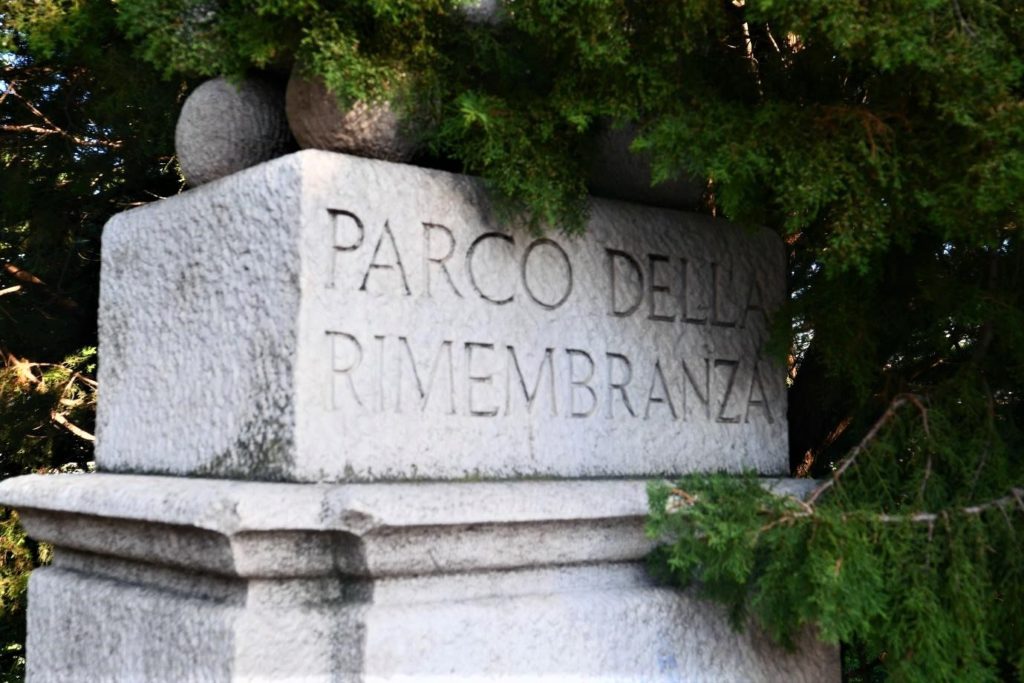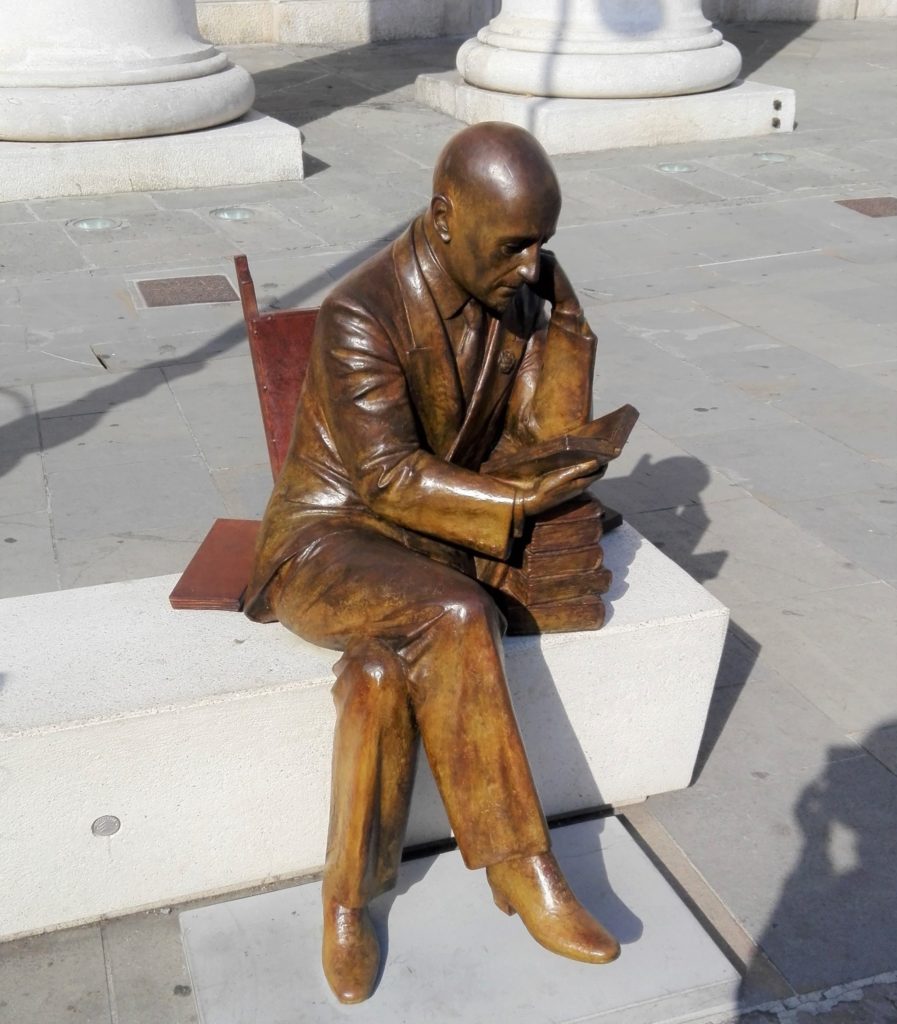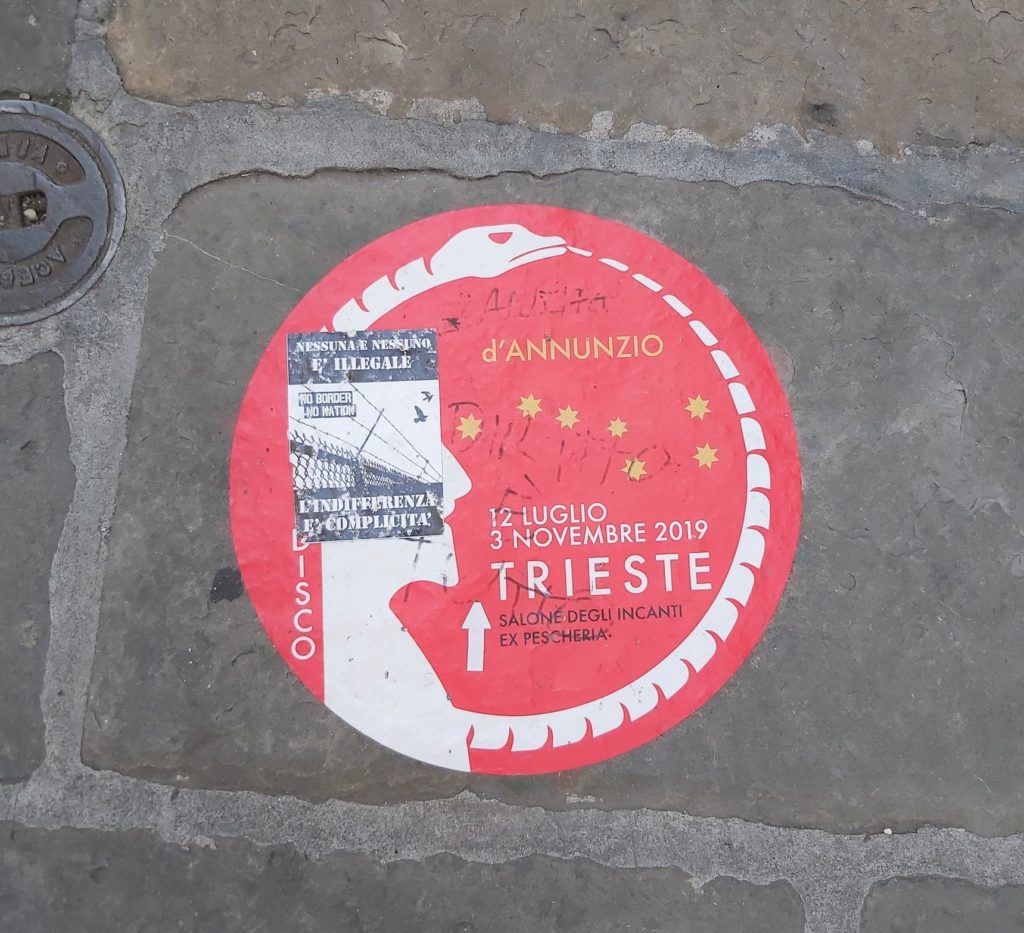To say that no historical site can be objective, is as objective of a statement as is possible in the field of Heritage and Memory Studies. The commemorations serving to renew and maintain public interest in such sites, cannot be said to be presenting all aspects of their story. Seemingly unrelated at first sight, Trieste/Trst’s Park of Remembrance and the city’s current promotion of poet Gabriele D’Annunzio’s accomplishments exemplify the extent to which events of the First World War can be picked and mixed to suit current narratives and create mythologies. Both being part of a national effort to commemorate the 100th anniversary of the Great War and its aftermath, do they fulfil President Mattarella’s hopes of avoiding celebrations becoming “vacuous rhetorical exercises”? In this podcast, Emma Anker and Julia van Duijvenvoorde will critically analyse the storylines that emerge from the park and the poet’s centennial promotion, as well as explore themes such as absence, dissonance and political indifference. What makes these issues all the more important to talk about is Trieste/Trst’s position as a borderland city, where national identity is continuously challenged and re-negotiated.
The Park of Remembrance may be located in the centre of the city, yet it seems to live in a dimension of its own, framed by a careful arrangement of trees and commemorative stones. Situated on the former emplacement of Trieste/Trst’s Jewish Cemetery, the Park was opened in the 1920s in the honour of the fallen soldiers of the First World War. The Park fit into a greater project of naturalising death in Italy which sought to place death in a natural environment in order to attenuate pain, thus facilitating mourning and commemoration. Since then, the memories of many more fallen soldiers have been carved into stone and ceremonies celebrating irredentist war heroes such as Nazario Sauro continue to be carried out. According to Julia van Duijvenvoorde, this curious interplay of memory and nature make for a unique character and atmosphere that have been and are destined to be forever re-interpreted and re-framed by political ideologies.
Exactly one hundred years ago, the occupation of Fiume — currently known as Rijeka — took place under the leadership of Gabriele D’Annunzio (1863-1938). D’Annunzio is a controversial author whose work and style influenced many artist and intellectuals, like Tommaso Marinetti and Benito Mussolini. Nowadays, D’Annunzio is perceived by many as a proto-fascist, making it rather remarkable that the Municipality of Trieste/Trst chose to glorify him and his authorship. The recently opened, temporary exhibition ‘DISOBBEDISCO’, meaning ‘‘I disobey’’, is one of the first major events in Trieste/Trst celebrating the creation of the Free State of Fiume; an occupation that lasted two years, after which D’Annunzio was forced to resign as ‘Duce’. Another celebratory event to honour the author took place on 12 September 2019, when the mayor of Trieste/Trst inaugurated a statue representing D’Annunzio in concentration, absorbed by his reading. The monument was placed on Piazza della Borsa, the most important square in Trieste, situated in front of the Chamber of Commerce. This stature, more so than the exhibition, caused many (international) controversies. Why would the city of Trieste want to remember the historically-seen questionable D’Annunzio? These events were the focus of Emma Anker’s research, in particular how D’Annunzio is presented in Trieste/Trst and how his mythicisation fits the political agenda of some.



